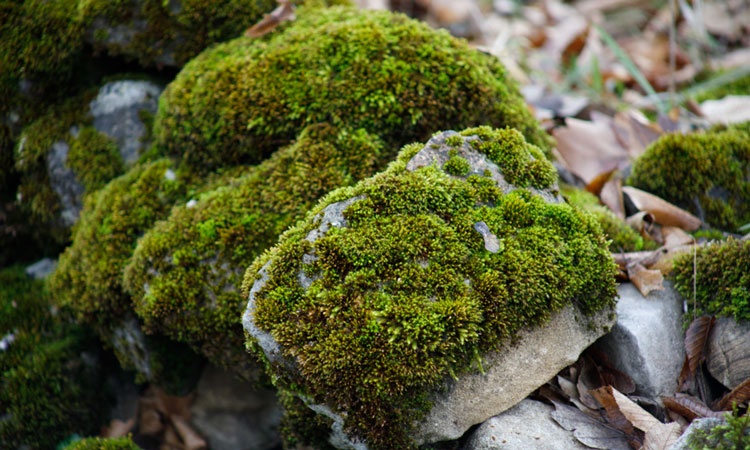It’s crazy to think that something that can grow spontaneously on a damp corner of an old, abandoned building in a forest region can produce an almost identical compound to another found in a world-famous plant cultivated by millions of people with science-like precision largely because of that very compound.

The fascinating discovery comes from the University of Bern and is documented in a study published in Science Advances. [1]
The first clue that sent the researchers on the path of their investigation was that “Radula preparations are sold as cannabinoid-like legal high on the Internet, even though pharmacological data are lacking,” they explain. [1]
The researchers juxtaposed the two compounds’ behavior by synthesizing PET and delta-9 tetrahydrocannabinol isomers, and then administering to mice. They found that PET binds selectively to the same receptors that THC partially activates – CB1 and CB2.
The team then went onto researching potency and specific effects.
PET turned out to be less potent in strength than THC, making it less suitable for recreational use. After administering mice with PET, the researchers discovered that the compound produced similar effects to THC in terms of locomotion, catalepsy, body temperature, and analgesia. However, there was a pronounced difference with possible medicinal implications: PET potentially alleviated inflammation by reducing brain levels of prostaglandins.
“These prostaglandins are involved in many processes (such as) memory loss, neuroinflammation, hair loss and vasoconstriction,” the study’s author Michael Schafroth, a postdoctoral researcher at The Scripps Research Institute, explained, making PET “highly interesting for medicinal applications, as we can expect fewer adverse effects while still having pharmacologically important effects.”
Considering that PET may alleviate inflammation while being less potent than THC, this unlikely compound might make a great candidate for various medicinal roles.
Limitations
Liverworts reproduce without seeds, meaning “the cultivation and reproduction of Radula species containing the cannabinoid might be challenging,” Jürg Gertsch, one of the researchers, said. For now, it’s mostly people from Japan, New Zealand, and Costa Rica where types of Radula grow spontaneously that may be directly affected by this discovery.
However, Gertsch believes these findings might draw more attention to liverwort and its medicinal potential.
References:
- Chicca, A., et al. “Uncovering the Psychoactivity of a Cannabinoid from Liverworts Associated with a Legal High.” Science Advances, 4, no. 10, 2018. Journal Impact Factor = 12.804, Times Cited = 8 (Scopus)








